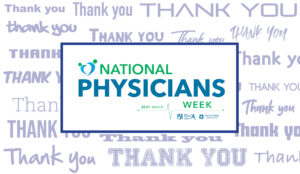Meniscal tears are a common knee injury involving the meniscus, a disc of cartilage that cushions the knee joint. It occurs most commonly in athletes due to a sudden twisting of the knee, but can happen to anyone, even when doing regular tasks like standing up or walking up steps – especially older adults because the meniscus weakens as we age. There are two menisci in each knee.
When the meniscus is torn, or if a piece breaks off and catches in the knee joint, it can cause a variety of symptoms, including pain, swelling, stiffness, and locking up of the knee. Its telltale sign is a popping noise when the injury occurs.
Depending on the type and location of your tear, and if your symptoms are not severe, you may be able to treat the condition primarily with pain management techniques. This is because tears that occur on the outside of the meniscus (known as the “red” zone because blood reaches this area) may heal on their own without resorting to invasive measures such as surgery – depending on the size and severity of the tear, of course. And if the tear is confined to just one of your knee’s menisci, all the better.
However, if you are experiencing significant pain or a locking up of the knee joint, you will want to visit your doctor to explore your treatment options. Tears that occur in the inner two-thirds of the meniscus (known as the “white” zone because it lacks a blood supply) do not self-heal. Significant tears in this area are usually treated with an arthroscopic surgery.
Treating the Pain of a Meniscus Tear
We help our patients decide which treatment options are best for them. Often, a customized treatment plan will take into account a patient’s age, overall health, activity level, as well as the location and severity of the meniscus tear.
Pain management options for a meniscus tear include:
- RICE. The tried-and-true therapy for many injuries, the “rest-ice-compression-elevation” routine can work wonders to reduce swelling and pain that can accompany meniscal tears. Rest means limiting walking if at all possible. When applying ice to the knee, keep it on for 15 minutes and repeat every 4 hours or so until the pain and swelling are reduced or eliminated. Compression using a sleeve designed for your knee can help control swelling. If you’re sitting or lying down, use the opportunity to prop your leg up with a pillow so that your knee is elevated.
- Medication. These may include over-the-counter medicines for pain relief and to reduce inflammation (such as nonsteroidal anti-inflammatories such as Advil or Aleve), or your doctor may suggest prescription-strength varieties.
- Physical Therapy. Stretching and strengthening exercises are particularly helpful to reduce the stress on your knee and help reduce pain due to a meniscal tear. Flexing and extending the knee can help you increase your range of motion. Physical therapy is often most beneficial for middle-aged and older adults.
The doctors are dedicated to providing the meniscus tear treatments that are so crucial to getting you back on your feet and doing the activities you love. To learn more about meniscal tears, treatment, and our pain management methods, call (855) 876-7246 for an appointment today. We have 10 convenient locations in and around Austin, Texas. You can also request an appointment online.


